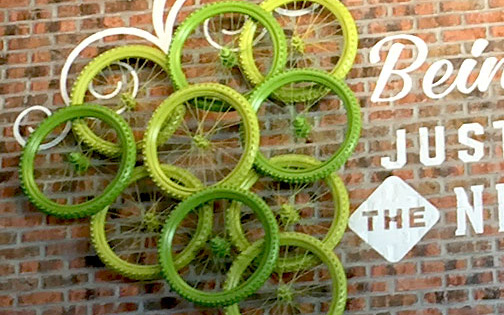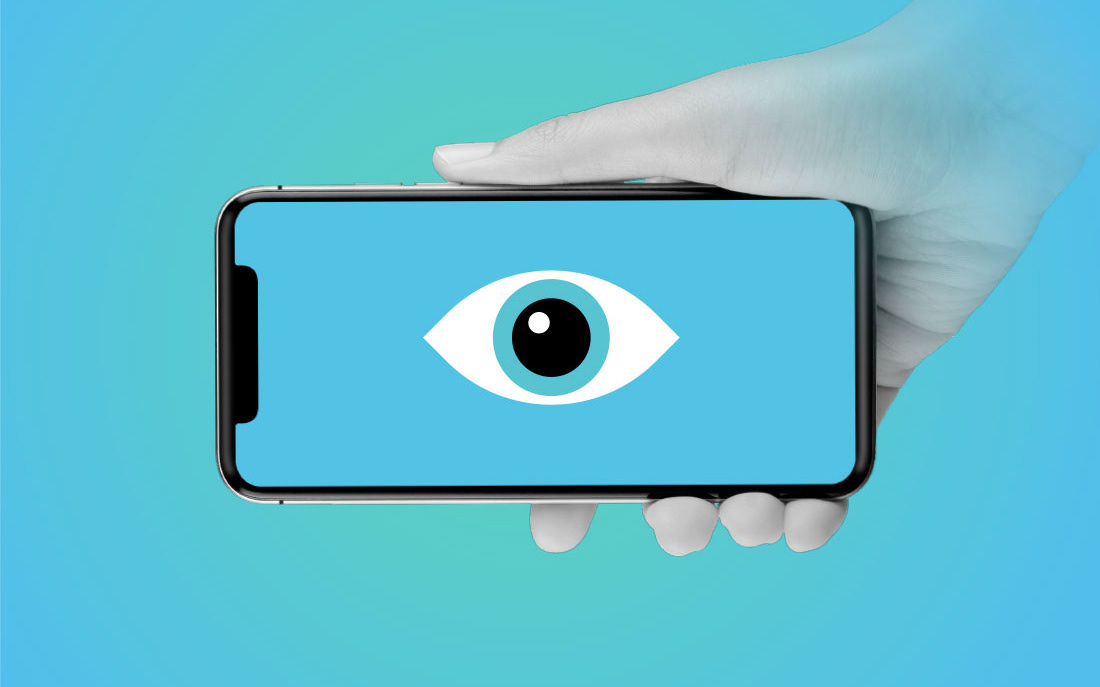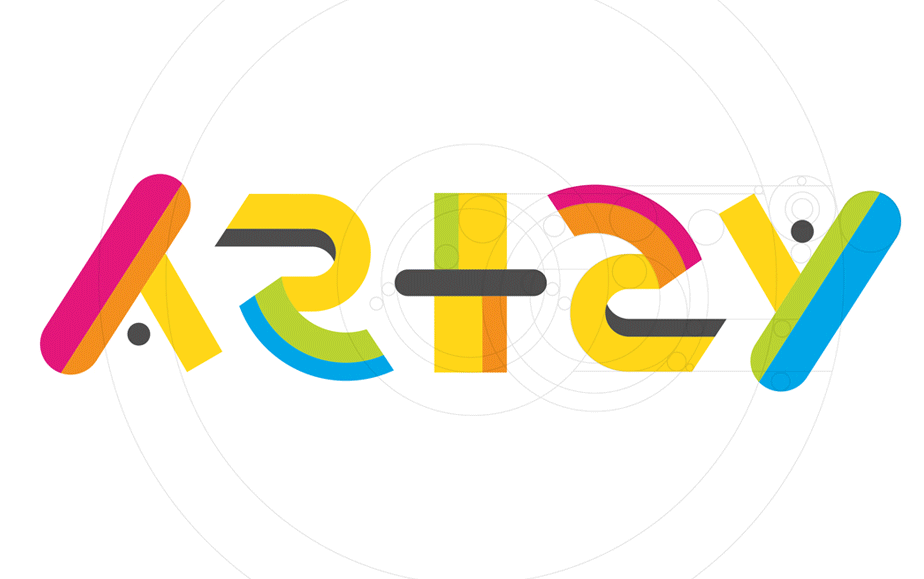How Might We help improve STEM education?
Powered by technology. Driven by creativity.
Cognitive Design Research + Machine Learning + Product Design
Nobel laureates are 17 times more likely to have a formal art education. To help children benefit from this fact, I found a way to improve art instruction in elementary schools to boost student performance in science, technology, engineering, and mathematics (STEM).
1. Frame the scope
Design Objective - Design an educational experience that improves classroom instruction.
Outcome - An omnichannel machine-learning tool that simplifies STEM-focused art instruction.
My Role:
Project Leader
Design Researcher
Product Designer
UX/UI DEsigner
Prototype Testing
2. Understand the need
Funding cuts have burdened Independent Artist Educators (IAEs), making it difficult to prepare personalized lessons for every student. Additionally, art educators have a hard time justifying the importance of art education to parents who prioritize STEM education.
3. Reframe the Problem
How Might We improve the teaching experience for art instructors in the classroom?
4. Build & test a user-friendly experience
Artsy™ is a cognitive design solution that supports under-resourced independent art instructors. It uses API's and machine learning technology to build accurate and in-depth student learning profiles, and helps independent artist-educators individualize art instruction that also supports student success in STEM subjects.
Learns from the student > To build individualized lesson plans for the instructor, gamified activities identify the child’s preferred learning style.
Assists the instructor > An interactive experience facilitates scheduling, lesson planning, grading, and attendance.
Engages the parent > With broad communciation styles, parents track student progress and facilitates parent-teacher conferencing.
Offers powerful tools > Artsy™ is a comprehensive, engaging, and personalized AI experience for teachers, students, and parents.
Results and Feedback
Artsy™ is “promising as a robust and multi-faceted product that improves STEM education,” but it needs further development.
This project was inspired by a graduate school cognitive design research study that I presented to the IBM® Watson® team in Austin, Texas, in 2017. The concept was well received, with ample opportunity for further development and testing. The initial prototype was promising, but strict safeguards at the time for collecting data from children paused further development.
...
The Research
Discovery Process:
- Art educator interviews
- Parent interviews
- Lesson plan audits
- Competitive landscape analysis
Key insights:
> Art education budgets are trending down.
> Good STEM students are good art students.
> Reliance on independent art educators is up.
> Individualized education is more beneficial.
> Learning styles are indivualistic.
> Instructors can’t assess all learning styles.
> Teachers support 100+ student profiles weekly.
Need themes:
> Know how each student prefers to learn.
> Teach one lesson several ways simultaneously.
> Track individual milestones in real-time.
> Engage parents with useful progress reports.
> Compare art to STEM achievement.
Experience principals:
- Support STEM achievement.
- Quantify art performance.
- Be Individualized, intuitive, and easy-to-use.- Improve the user’s life.









